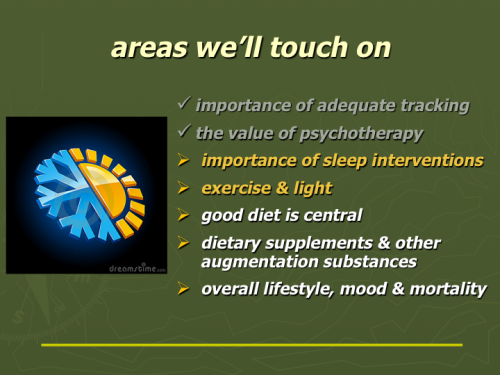CBT World Congress: 1st conference day - chronotherapy, sleep, PTSD, bipolar disorder, and emotions
Last updated on 28th July 2019
I wrote yesterday about a pre-conference workshop I attended on "Reimagining CBT for depression" with Keith Dobson. Today is the first of the three full days of the '9th World Congress of Behavioural & Cognitive Therapies' conference proper. They aren't taking any prisoners ... each day runs from 8.30am to 6.00pm. My Airbnb is about a 40 minute walk from the CityCube conference centre, so the day pretty much runs from 7.30am to 7.00pm ... not a holiday!


